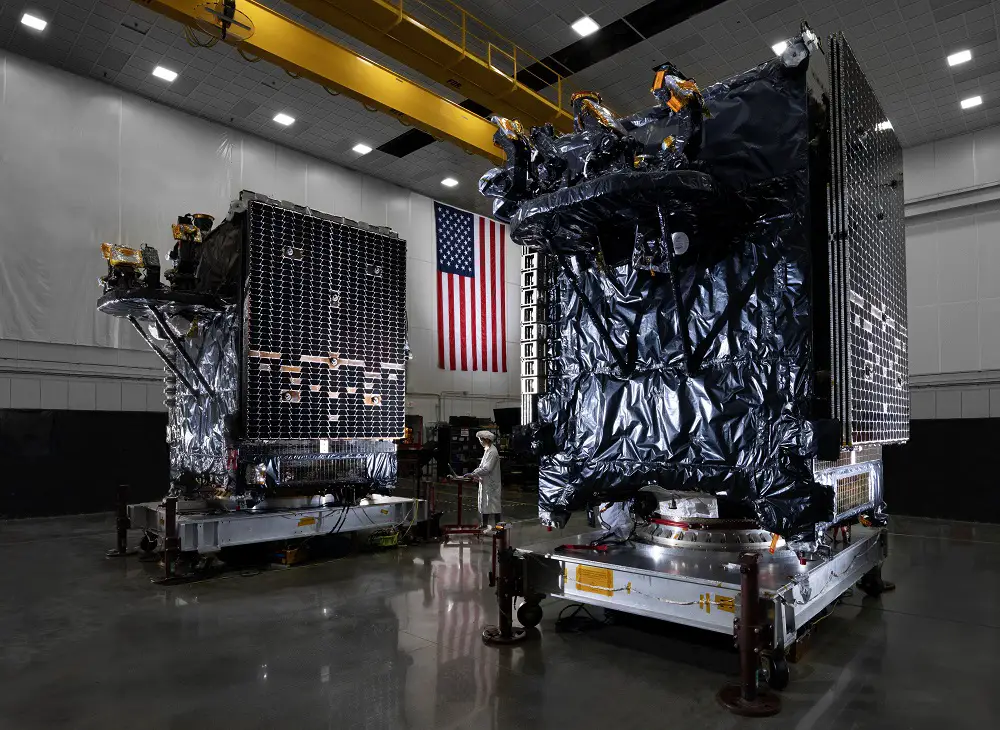Space Norway’s two-satellite Arctic Satellite Broadband Mission (ASBM) constellation, built by Northrop Grumman Corporation (NYSE: NOC), successfully launched onboard a SpaceX Falcon 9 rocket from Vandenberg Space Force Base, California. In a historic partnership between Space Norway and the U.S. Space Force, ASBM marks the first time an operational U.S. military payload is hosted on an international commercial space mission. Northrop Grumman contributed critical components, including two U.S. Space Force Enhanced Polar System – Recapitalization (EPS-R) secure communication payloads, the Control and Planning Segment (CAPS) ground system, X-band and Ka-band payloads, two GEOStar-3 satellite buses, ground system for the GEOStar-3 satellites, systems integration and launch site integration operations. ASBM marks Northrop Grumman’s 48th mission using its GEOStar space vehicles, further establishing this satellite as a flight-proven and critical technology for commercial and military satellite communications missions.
Rob Fleming, corporate vice president and president, Northrop Grumman Space Systems: “Northrop Grumman’s end-to-end mission expertise and proven ability to deliver cutting-edge technology on orbit enables our customers’ most challenging missions. Our team came together at every stage of design, test and integration to bring commercial broadband and protected military satellite communications to the Arctic for many years to come.”
The Arctic Satellite Broadband Mission (ASBM) will operate in a highly elliptical orbit to provide secure and reliable communications in the critical Arctic region for both commercial and military communications. For this mission, Northrop Grumman provided the space vehicles and operating systems for power, propulsion, communications, command and data handling, thermal control and guidance and navigational control. Among the payloads are a U.S. Space Force EPS-R hosted payloads, X-band payloads for the Norwegian Ministry of Defense, Ka-band payloads for Viasat and a Norwegian Radiation Monitor payload provided by Norwegian company IDEAS for the European Commission. Northrop Grumman also provided two Satellite Control Systems, located in Tromsø and Bardufoss, Norway, for Space Norway to operate these missions.
Northrop Grumman Corporation is an American multinational aerospace and defense company. With 95,000 employees[3] and an annual revenue in excess of $30 billion, it is one of the world’s largest weapons manufacturers and military technology providers. Northrop Grumman organized its business around four main sectors, each of which comprises two or more business areas: Aeronautics Systems, Defense Systems, Mission Systems and Space Systems.
















